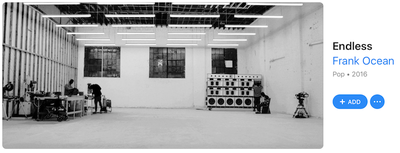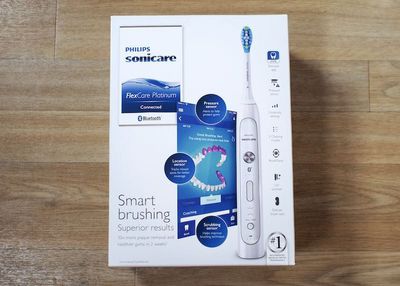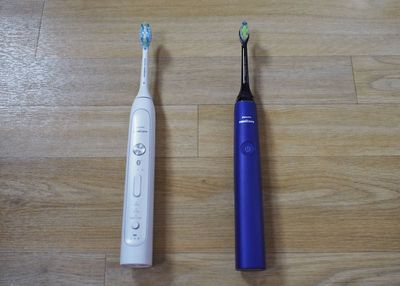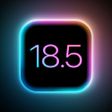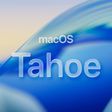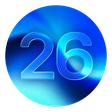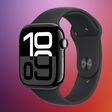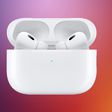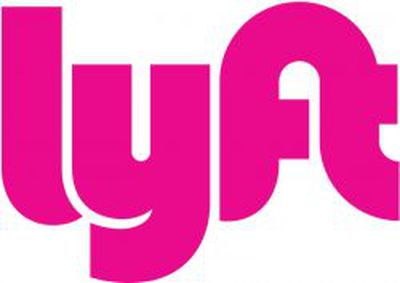 Ride hailing company Lyft recently approached several companies including Apple in an attempt to sell itself, according to a report by The New York Times.
Ride hailing company Lyft recently approached several companies including Apple in an attempt to sell itself, according to a report by The New York Times.
The second-largest ride hailing firm in the U.S. held talks with or contacted Apple, Amazon, General Motors, Uber, Google, and Didi Chuxing over a potential sale, but was unable to find a buyer, said the newspaper's sources.
G.M., one of the San Francisco-based company's largest investors with a $500 million stake in Lyft, was reportedly the most interested suitor, but ultimately failed to make a written offer. The good news for Lyft is that it has a cash cushion of $1.4 billion and is not in danger of closing down, said the sources, despite the company not yet being profitable.
Earlier this month, Uber agreed to sell its Chinese arm to Didi Chuxing, which Apple recently invested $1 billion in.
The sale put a spanner in the works of Lyft's partnership with Didi, which allowed Didi customers to use their app to hail Lyft drivers, and vice versa. Lyft's so-called anti-Uber alliance with Didi is now in doubt and the U.S. based firm has said it is re-evaluating the agreement.


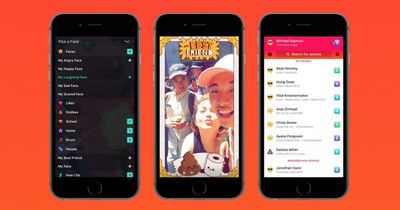
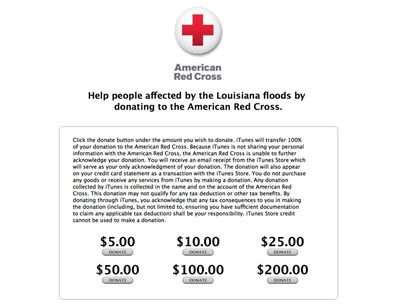

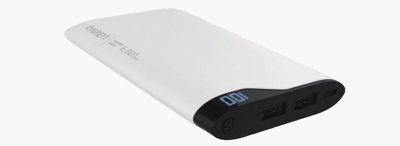
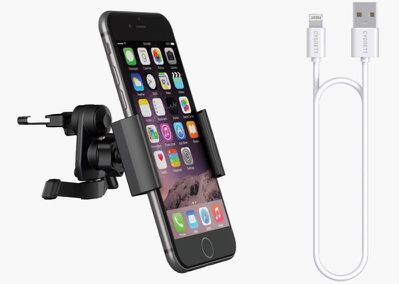
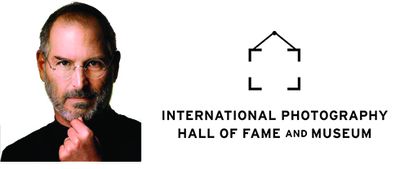
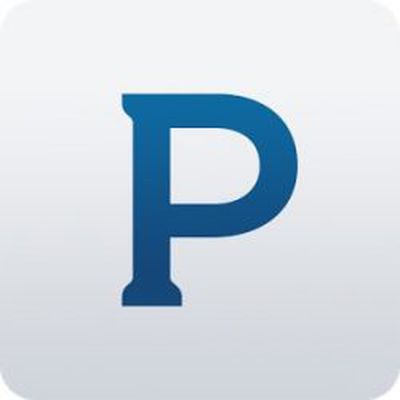 Streaming radio service Pandora is getting ready to introduce two new on-demand paid subscription tiers, in addition to keeping its popular free option available, according to people familiar with the matter speaking with
Streaming radio service Pandora is getting ready to introduce two new on-demand paid subscription tiers, in addition to keeping its popular free option available, according to people familiar with the matter speaking with 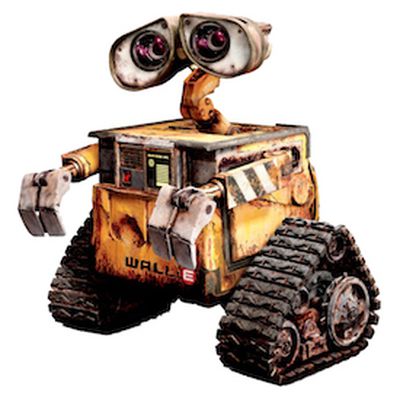 Apple, AT&T, Google, and 30 other companies will join efforts with the U.S. Federal Communications Commission this year to crack down on automated phone calls, otherwise known as "robocalls," according to
Apple, AT&T, Google, and 30 other companies will join efforts with the U.S. Federal Communications Commission this year to crack down on automated phone calls, otherwise known as "robocalls," according to  In its announcement, Sony focuses on its new system's sound quality, which it says can "overcome engine noise and reproduce clear sound at any volume with deep and punchy bass." Users can even expand the system with other external amplifiers to get a more customized listening experience in their vehicle.
In its announcement, Sony focuses on its new system's sound quality, which it says can "overcome engine noise and reproduce clear sound at any volume with deep and punchy bass." Users can even expand the system with other external amplifiers to get a more customized listening experience in their vehicle.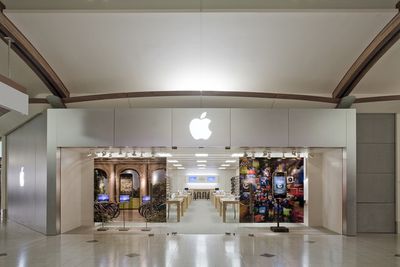
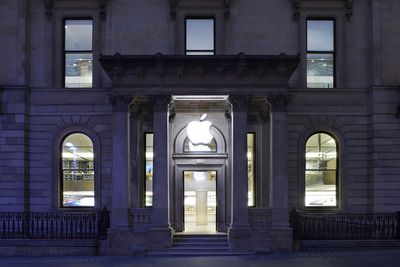
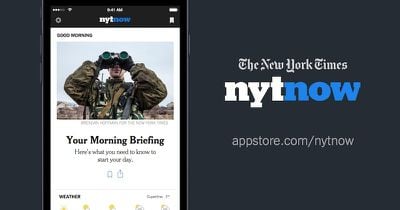
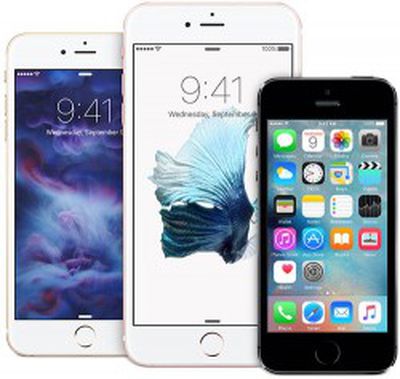 Apple's
Apple's 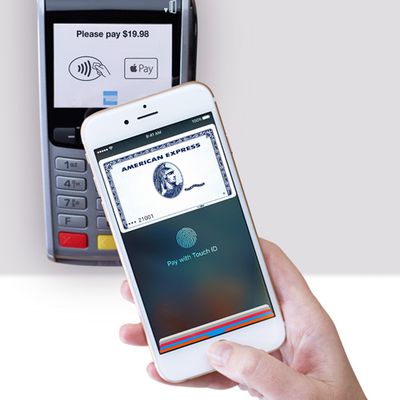
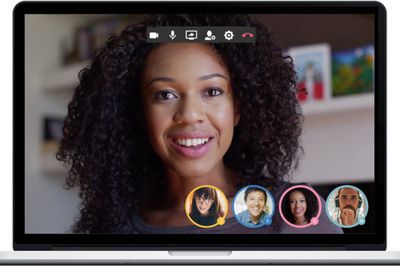
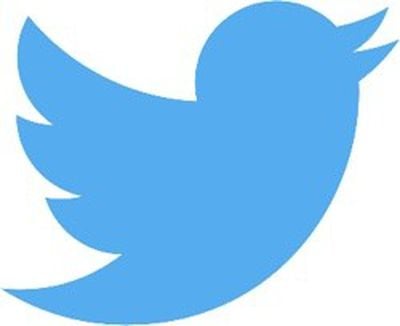 Twitter has announced a new "Quality Filter" feature that enables users to filter notifications so that they only see "quality tweets" and mentions from people they follow.
Twitter has announced a new "Quality Filter" feature that enables users to filter notifications so that they only see "quality tweets" and mentions from people they follow.